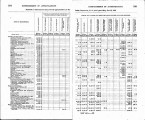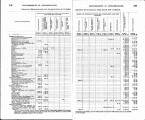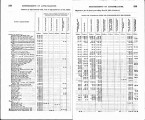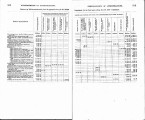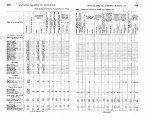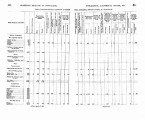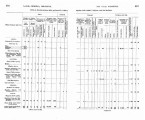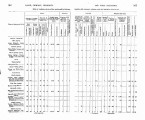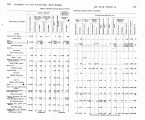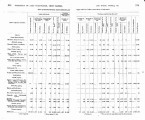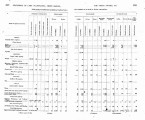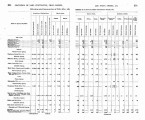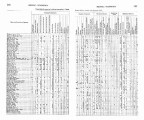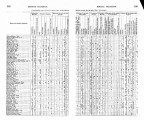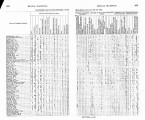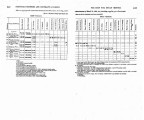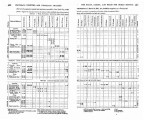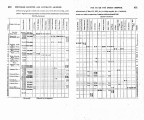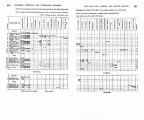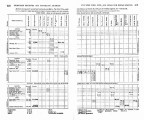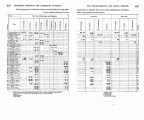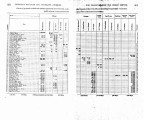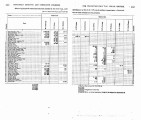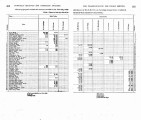| OCR Text |
XI1 REPORT OF THE COMMISSIONER OF INDIAN AFFAIRS. sale would subserve a far more valuable end in contributing to. their education and material advancement in agriculti~rea nd the mechanical arts (as before suggested in this report) than would be subserved by permitting the lands to remain permanently in idle and unproductive waste. I t might be that a prudent economy and a wise administrative policy in dealing with the Indians mould suggest another view which is, tore-mow, with the exception of those who have taken lands in severalty and who desire to continue to remain on their respective allotlaents, all of t,he Iudians in the States of Minnesota, Wisconsin, and Michigan, to the Red Lake and White Earth Reservations; those in Montana. Idaho, Wyoming, and Dakota, to the Flathead and Great Sioux Reservations; and those in Nevada. Upper California, Oregon, and Washington Ter-ritory, to the Yal~amaR eservation,. or some spitable one in that vicinity, selected for that purpose ; while the southwestern Indians might be advantageously concentrated upon one or two existing refiervations in that localit?. Of course this policy could only be adopted by first ob-taining the consent of the Indians already on %he reservations upon which concentration is suggested, and the consent of those whom it is suggefited to remove, all of which would be dependent upon action by Congress. The money received from the sale of the lands thrown open to settle-ment under thin policy would make the Indialla thus consolidated wealthy, and if properly invested the income tberefiom woultl be ample to start thern in agricultural and pastoral purnnits, leaving a fund suffi-cient for educational purposes and the care of the old and infirm. This plan wonld not only be advantageous to the Indiaus, but likewise to the Government. The concentration of thevarious Indians upon suita-ble and convenient reservations would relieve the Government of a large annual expense in its management of the Indians. It would re-sult in the doing away with a number of agencies, and necessarily dis-pense with the services of an equal number of agents and many other employ6s, and save the incidental expenses connected with such agencies. THE INDIAN TERRITORY. I desire to add a few words more in regard to the tribes and lands of the Indian Territory, by way of suggestion rather than definite recom-mendation. If certain areas of tbat Territory are not to be held in trust by the United States for the future settlement of friendly Indians, then the policy of removillg eastward the Cheyennes and Arapahoes, the Wichitas and theKiowas and Comanches, is presented for consideration. It is well known that the reservation now occupied by the Cheyennes . and Arapahoes is not as well adapted to agricultural purposes as the lands further easethe Oklahoma strip, for instance. The lands occu-pied by the Kiowas and Comanches are but little better fitted for ag- |














































































































